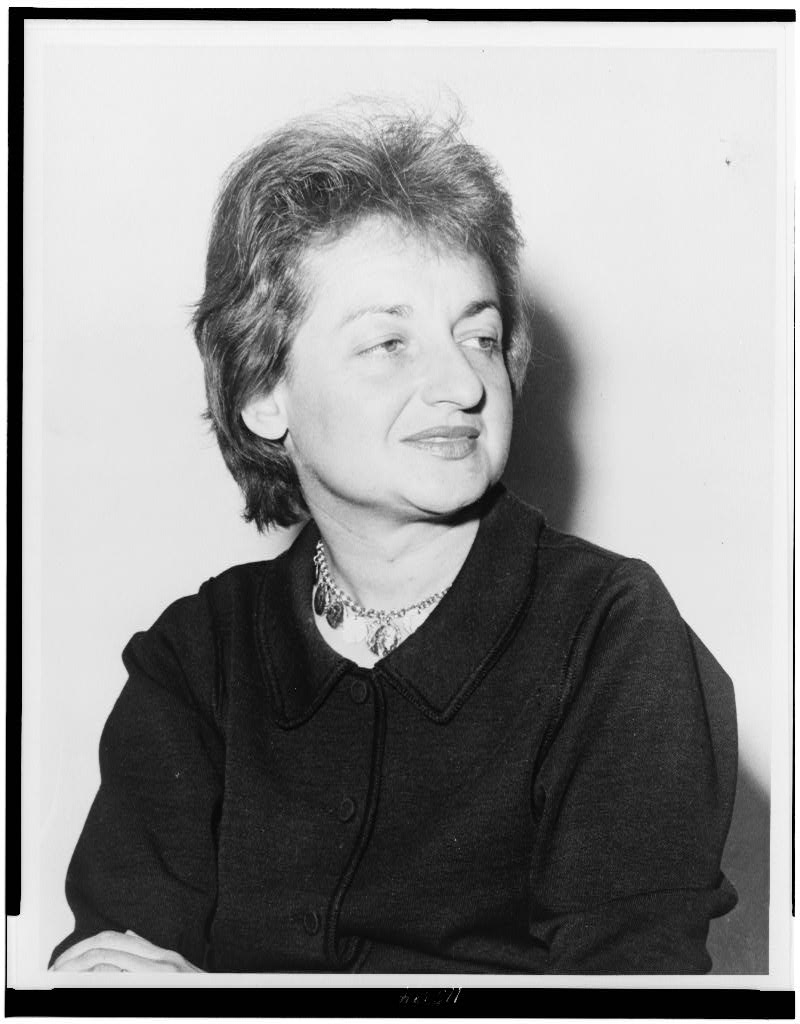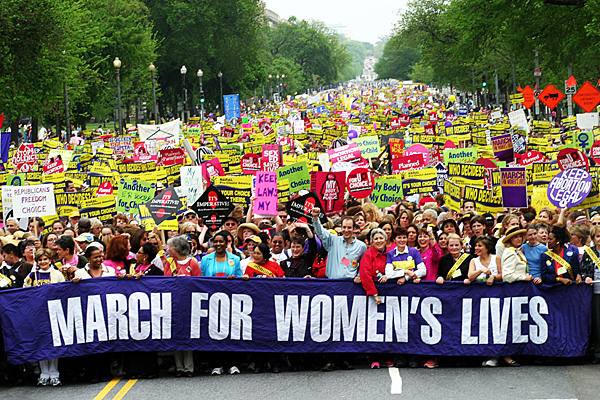

“We, men and women who hereby constitute ourselves as the National Organization for Women, believe that the time has come for a new movement toward true equality for all women in America, and toward a fully equal partnership of the sexes, as part of the world-wide revolution of human rights now taking place within and beyond our national borders.”
—National Organization for Women’s 1966 Statement of Purpose
On June 30, 1966, Betty Friedan wrote three letters on a paper napkin: N O W. She invited fifteen women to her hotel room. Then, Catherine Conroy slid a five-dollar bill onto the table and said, “Put your money down and sign your name.” In that moment, the National Organization for Women became a reality.
As representatives at the Third National Conference of Commissions on the Status of Women, these women were disgruntled by the lack of commitment to the convention's theme, “Targets for Action.” Inspired by the Civil Rights movement and historic marches such as in Selma, the women founded a parallel effort to ensure the equal treatment of both sexes. They brainstormed an alternate action plan to enforce Title VII of the Civil Rights Act of 1964, which prohibits employers from discriminating against employees based on sex, race, color, nationality, and religion.
NOW Through the Years:
October 1966: NOW founding conference
Betty Friedan, best known for her 1963 book The Feminine Mystique, which changed the conversation on traditional gender roles, was chosen as the organization’s first president.
August 1967: First picket by NOW members
Activists dressed in vintage clothing to protest the gender segregated help-wanted advertisements in The New York Times.
1973: NOW members organized “Take Back the Night” marches and vigils.
Protestors stimulated the movement against sexual assault and power-based personal violence against women.
July 1978: Biggest-ever march for the Equal Rights Amendment
In 95-degree heat, over 100,000 people decked in purple, white, and gold marched in Washington, D.C. to call for an extension to the deadline for ratification of the Equal Rights Amendment.
April 2004: March for Women’s Lives
A record 1.15 million people marched in Washington, D.C. to fight for women’s reproductive health care options.
Today, NOW is the largest organization of women’s rights activists in the United States, using grassroots organizing to push for social change. NOW focuses on advocating for justice and equality in reproductive healthcare and the economy and continues its work to put a stop to violence against women and discrimination based on race and sexual orientation.
The fight to end workplace discrimination is not over. The Administration has shown its support for a number of anti-discrimination actions, including fair housing, employment non-discrimination, and health reform for women. President Obama, with help from organizations like NOW, continues to lead the charge for equal rights no matter who you are, what you look like, or who you love.
“We have to raise our voices to demand that women get paid fairly. We’ve got to raise our voices to make sure women can take time off to care for a loved one, and that moms and dads can spend time with a new baby. We’ve got to raise our voices to make sure that our women maintain and keep their own health care choices.”
—President Obama, October 2014





